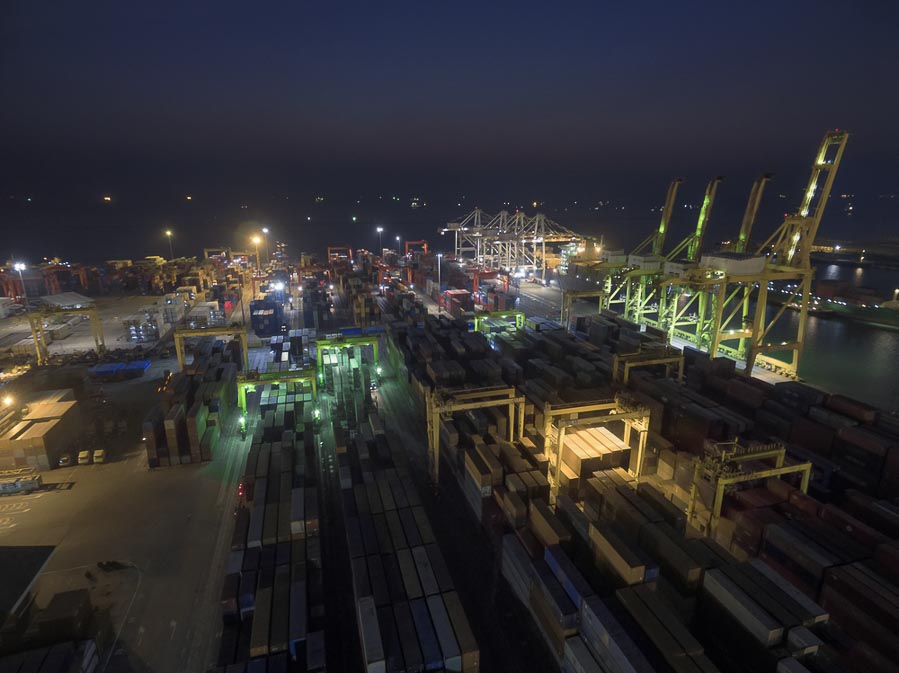As the Atlantic hurricane season passes the halfway mark, U.S. shippers are only gearing up to feel the economic impact of these ravaging storms.
In August, Irma became the strongest hurricane ever to make landfall in the Atlantic basin, while 2017 altogether featured four hurricanes (Harvey, Irma, Maria, and Nate) that made landfall in the overall United States.
Unfortunately, these incredible atmospheric forces come with devastating impact to people, communities, and economies. For U.S. shippers, this means everything from capacity to infrastructure.
Tropical storms and hurricanes cause widespread flooding that carries large amounts of silt and debris into the channel, in some areas up to 10 feet and weighing several tons. As tropical storms become increasingly powerful and frequent, shipping ports in hurricane-prone waters will face continuous challenges from these natural disasters.
Infrastructure damage is not always visible to the naked eye; for port dredging, it needs goggles. With over 241 million tons of cargo being moved annually through the Port of Houston’s Ship Channel, bottlenecks are felt instantly and ripple through to local economies. The large Texas freight hub’s channel depth was reduced by up to 30% in some areas, causing the port commission to approve an additional $2 million for Harvey-related dredging expenses.
In 2012, following Hurricane Irene, the U.S. Army Corps of Engineers received supplementary federal funds to dredge East Coast channels. On average, 5,000 cubic yards, or 500 dump trucks, full of sand were removed daily.
In 2013, $7.5 million was funded by the U.S. Department of Agriculture (USDA) Natural Resources Conservation Service Emergency Watershed Protection Program to dredge the aftermath of Hurricane Sandy in Connecticut. The program intended to restore and protect 257 acres of land to prevent flooding in the future.
The U.S. Army Corp of Engineers (USACE) is tasked with managing the National Dredging Quality Management Program (DQM), responsible for maintaining natural depths of waterways, ports and harbors across the United States. In doing so, the USACE maintains cargo vessel access to ports delivering U.S. import and export goods.
But the strain on these resources is only increasing. As ocean carriers increase capacity to take advantage of fuel economies and wider Panama Canal access, maintaining and dredging for deeper drafts – especially after widespread natural disasters – only becomes more expensive as countries and ports race to stay competitive.
If your business is in need of flexible, alternative routings, contact Green Worldwide Shipping.
To learn more about the economic impact of natural disasters on supply chains, check out our article Hurricanes on Supply Chain Brains.






